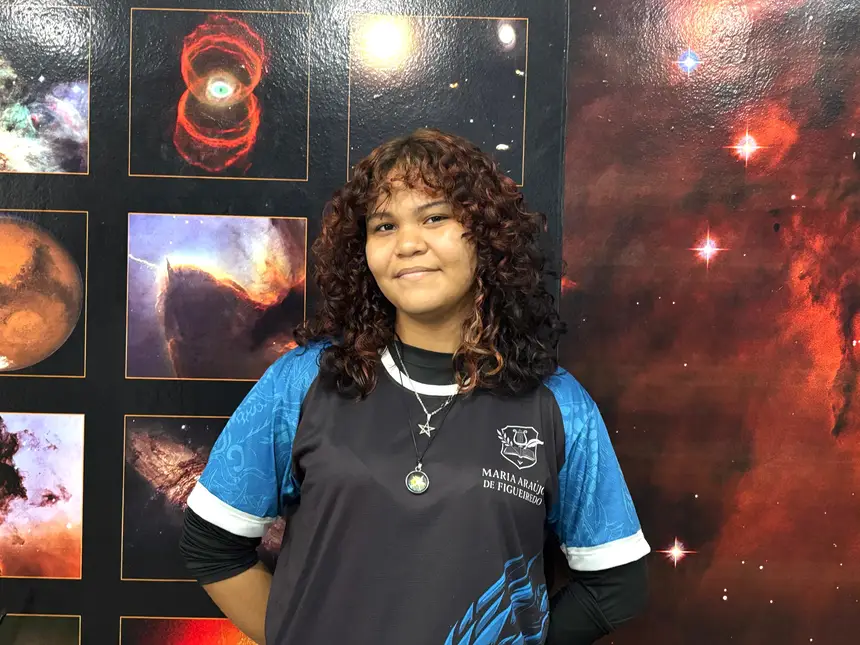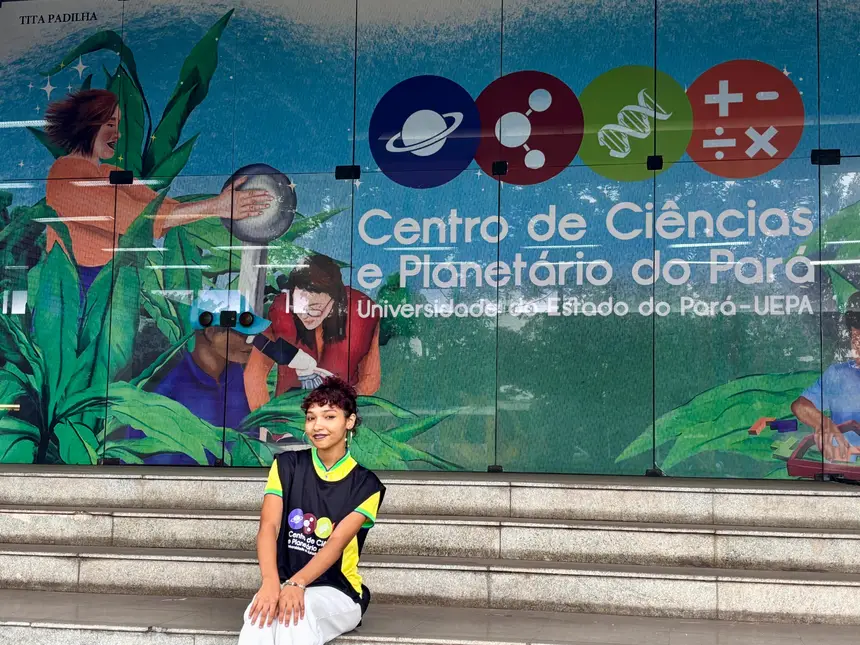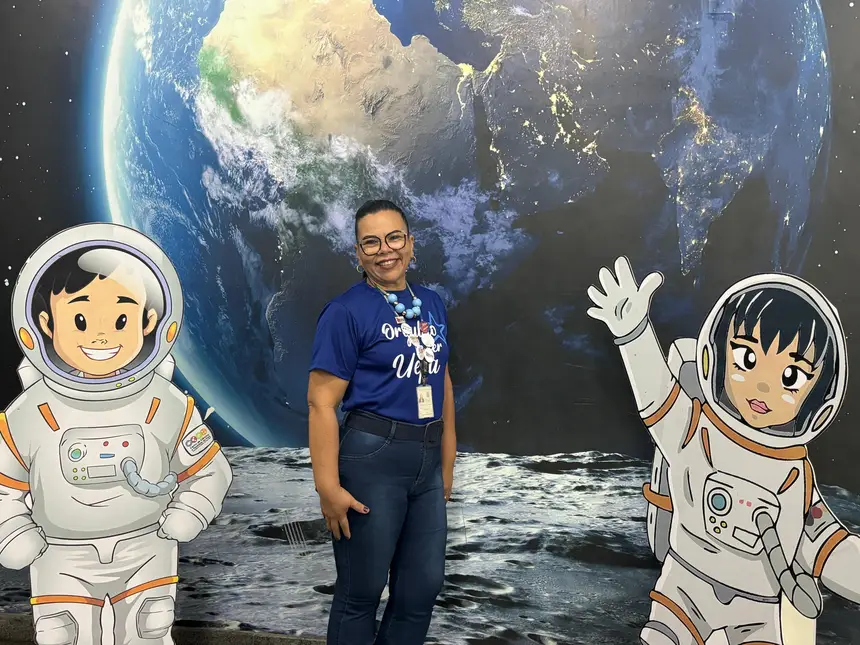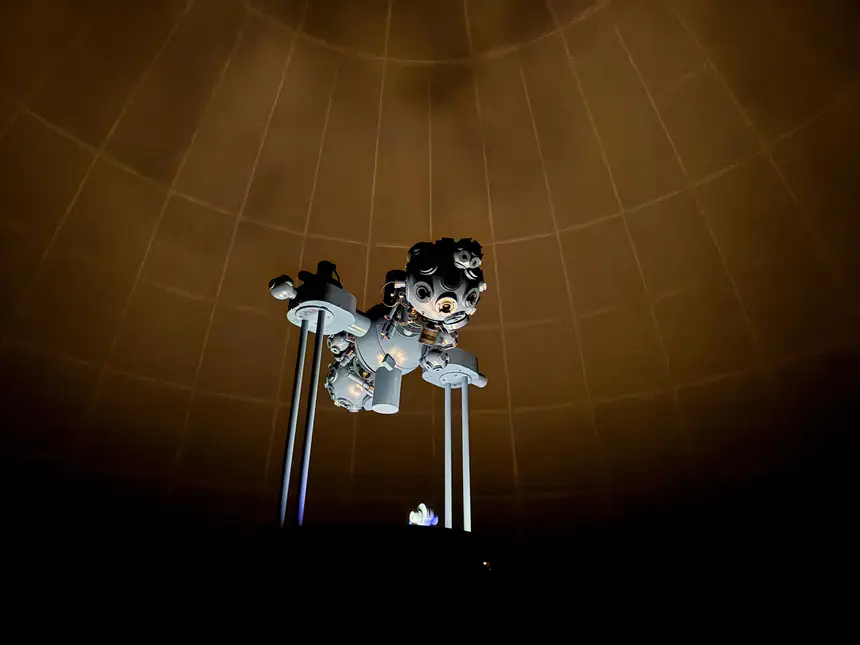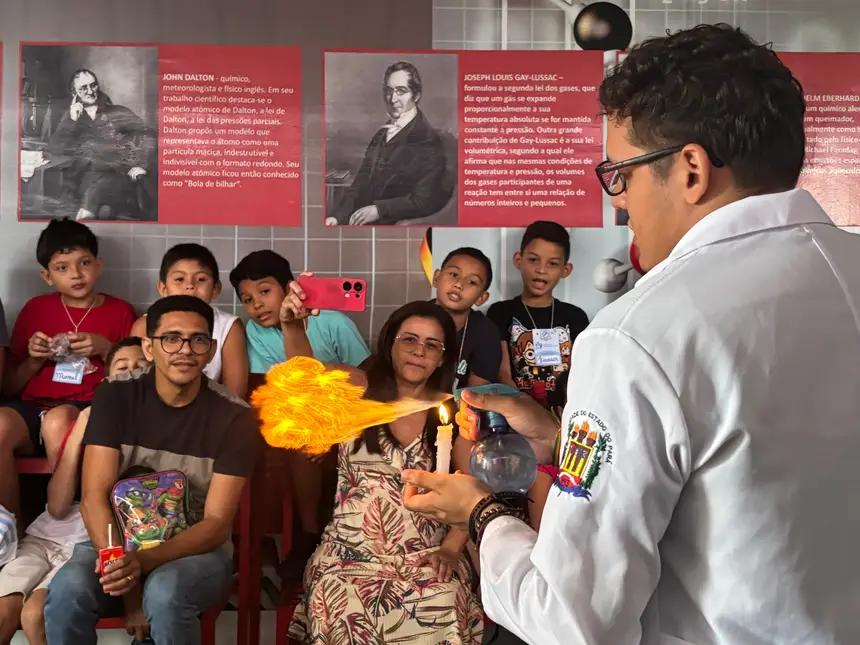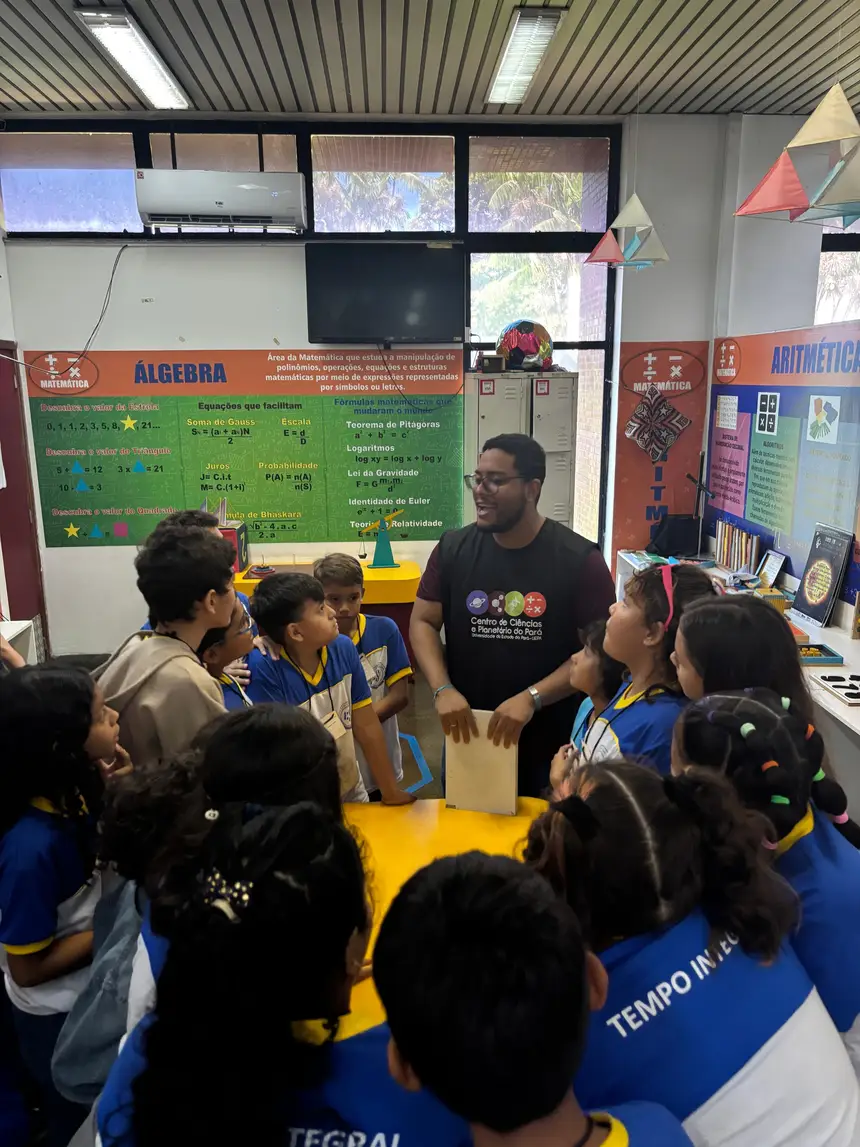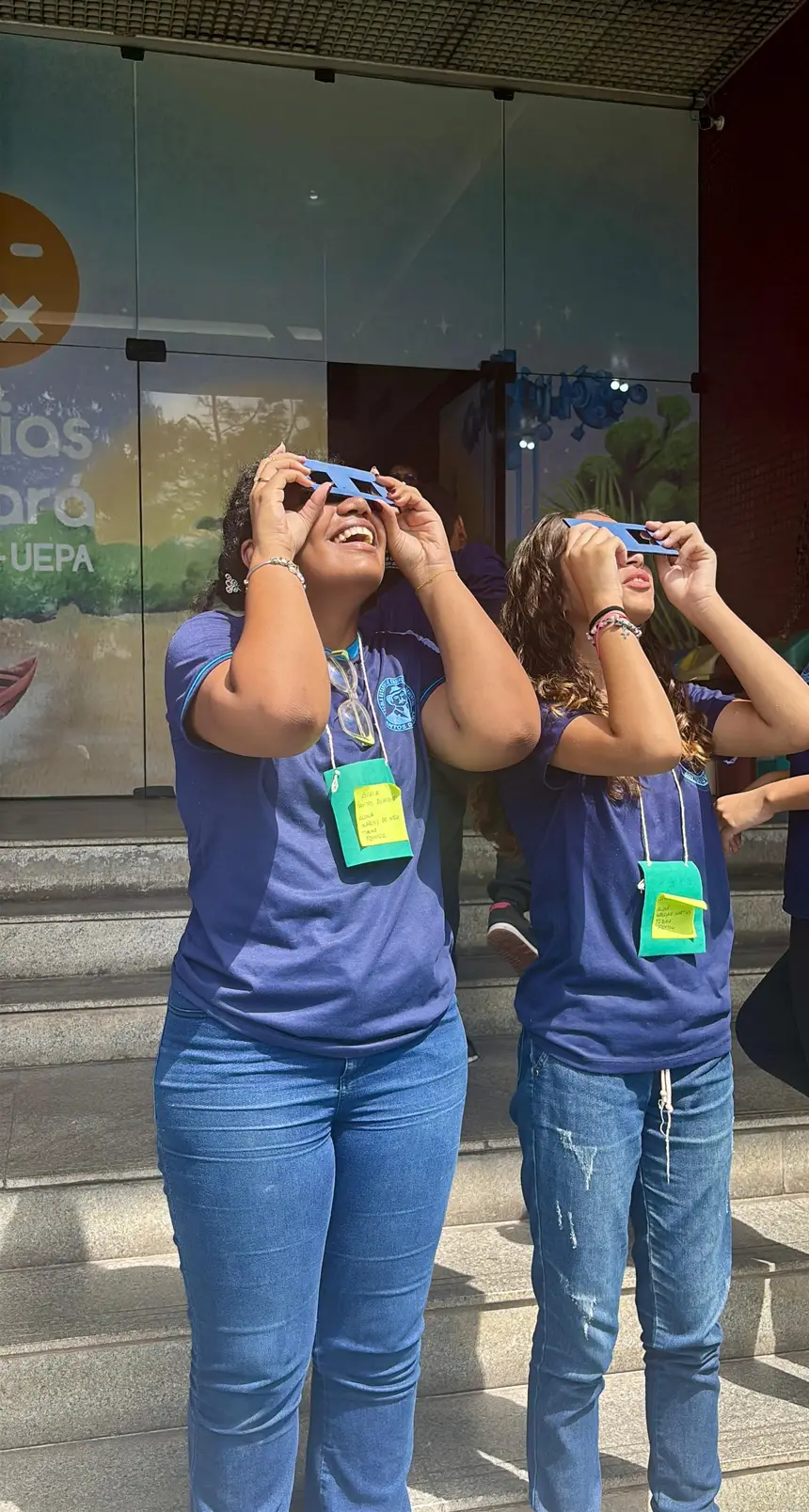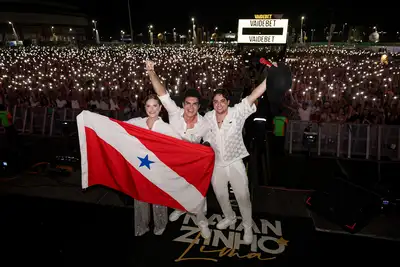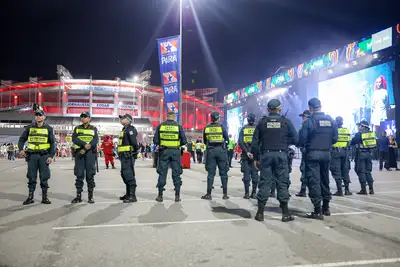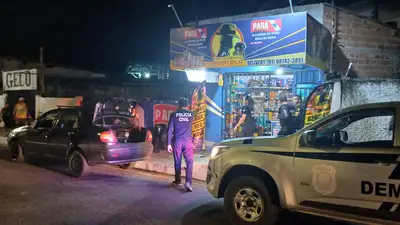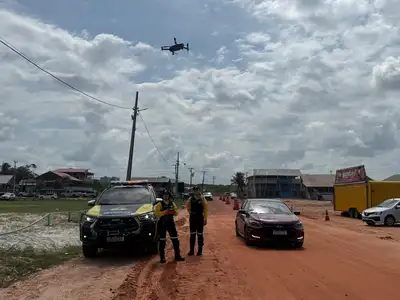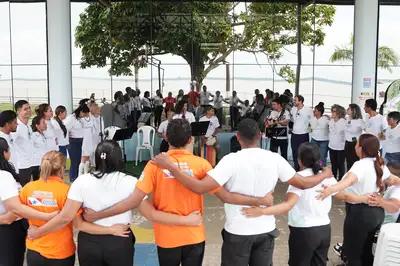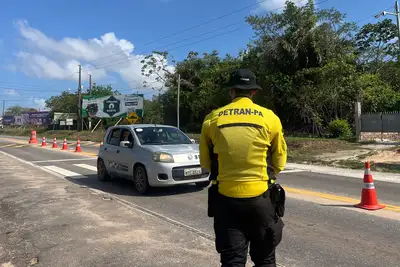Planetarium of Pará celebrates 26 years of dissemination and democratization of science
The Center for Sciences and Planetarium of Pará (CCPPA) is a reference in the dissemination of scientific knowledge among students, teachers, and researchers
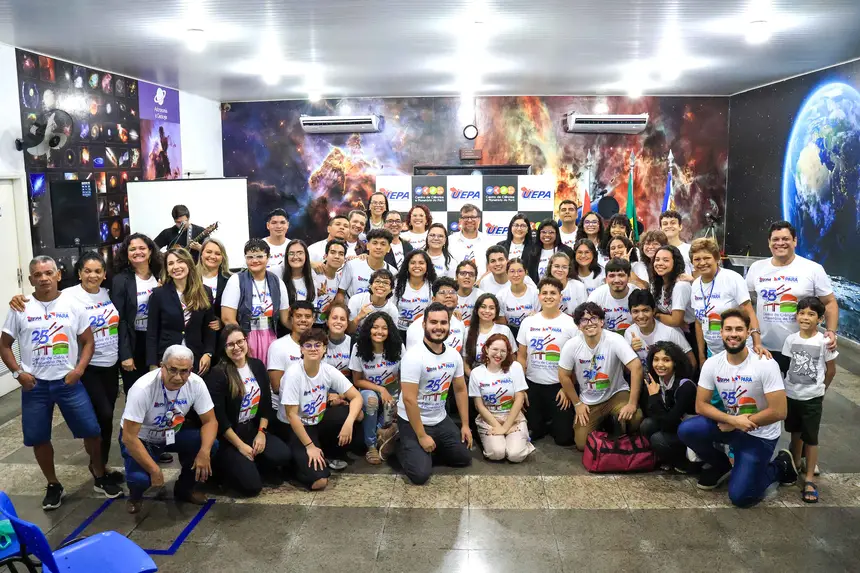
On this Tuesday, the 30th, the Center for Sciences and Planetarium of Pará (CCPPA) "Sebastião Sodré da Gama" celebrates 26 years of operation as one of the main poles of scientific dissemination in the North region, consolidating itself as a space for non-formal education that connects science and society.
The name of the center honors the Pará scientist Sebastião Sodré da Gama. He served as the director of the National Observatory of Rio de Janeiro from 1929 to 1951. The CCPPA is linked to the Pro-Rectorate of Extension (Proex) of the State University of Pará (Uepa).

Opened on September 30, 1999, the Planetarium of Pará was founded with the purpose of democratizing access to scientific knowledge, especially in the field of Astronomy. Starting in 2012, a science center was incorporated into its space, covering the areas of Mathematics, Physics, Chemistry, and Biology, with the aim of expanding its field of action for the socialization of science.
In addition to experiencing the immersive experience of the dome session, visitors have the opportunity to explore various knowledge through interactive activities developed with simple and playful language. Among the actions offered, highlights include: chemistry and physics experiments, mathematical games, observation with a digital microscope, and access to a didactic collection of zoology, which gathers about 300 specimens of animals.
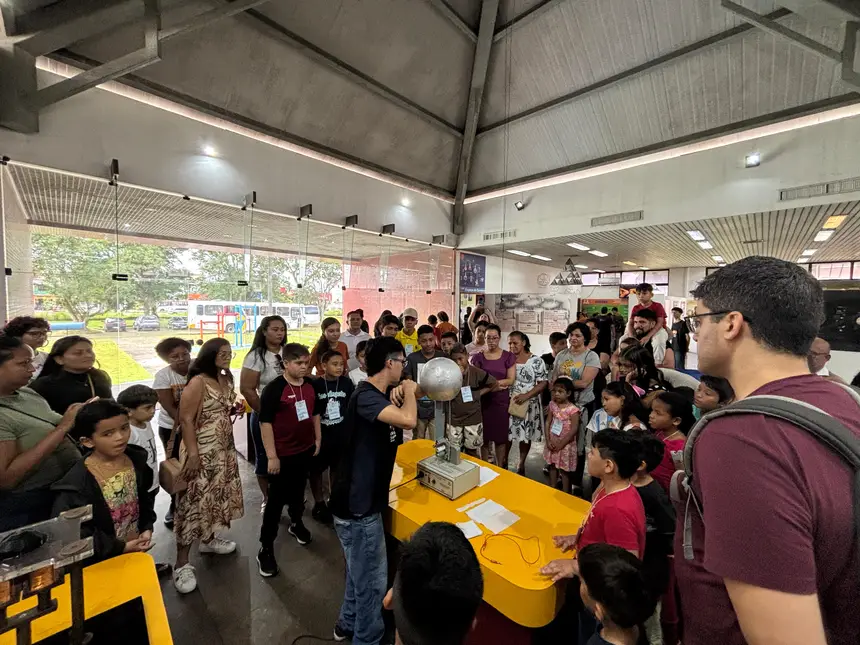
The CCPPA has become a reference in Pará, receiving annually students, teachers, researchers, and the general public of all ages. Since its inauguration in 1999 until today, the space has received about 1.12 million people during school visits, public events, lectures, workshops, sky observations, and participation in regional and national events. Just between January and September 2025, more than 100,000 visitors have already participated in the activities promoted by the Center, significant numbers that reflect the reach of its actions.
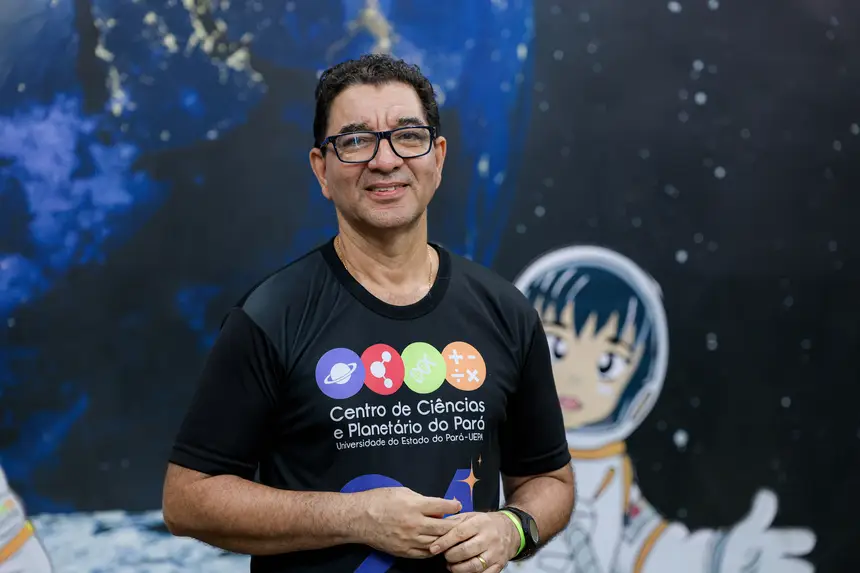
According to the director of the CCPPA, José Roberto Silva, these data demonstrate the "relevance of the activities developed in this non-formal education environment, providing the public with the socialization of experiments and scientific knowledge, and bringing the university closer to Pará society." For the manager of the Planetarium, success is the result of the efforts of the entire team that works in the space. "We feel very proud of the work developed by our interns, technicians, and teachers, for the consolidation of the CCPPA," he emphasizes.
Dedication
The Center for Sciences and Planetarium of Pará plays an important role in training future professionals, offering monitors the opportunity to interact daily with the public. Currently, 23 scholarship interns are part of the team in the space. Among them is monitor Laysa Ferreira, who completes, this Tuesday (30), one year of work in the areas of Astronomy and Physics, a date that coincides with the anniversary of the Planetarium.
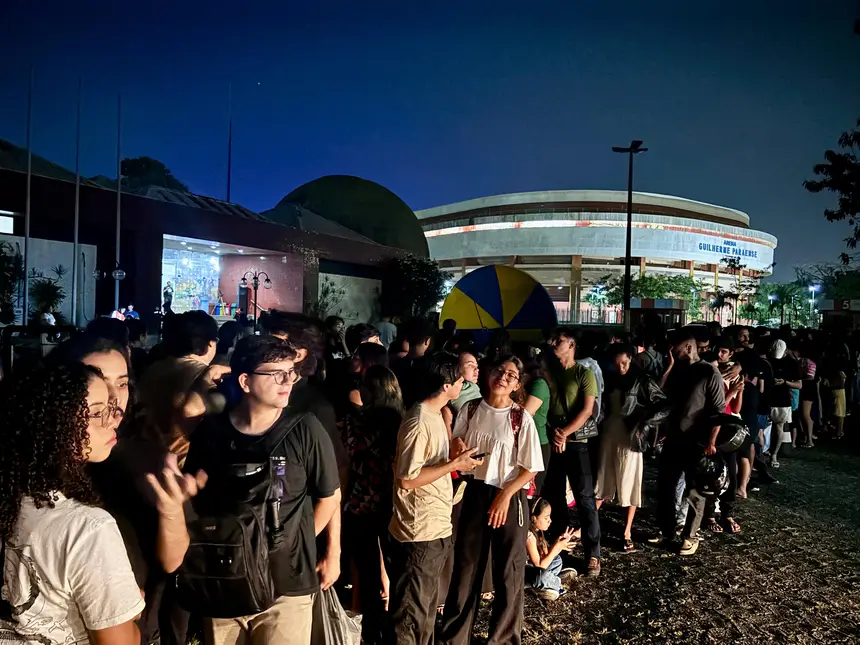
"This year, I believe I have developed very well, especially in terms of my speech, because when I started the internship, dealing with the public was something complicated for me, and at the Planetarium, I was able to greatly improve my didactics, which also helped me with the presentation of academic work," she says.
Laysa emphasizes the impact of the experience on her journey. "Working at the Planetarium has been very rewarding in my academic training because I have always loved Astronomy, and it is great to work every day with something I am so passionate about, in addition to being an area of interest I intend to pursue," says the student, who is in the fourth semester of the Physics Teaching course at Uepa.

In addition to the technical skills she acquired – such as handling, calibrating, and maintaining a telescope, for example – Laysa highlights memorable moments provided by the Planetarium: "I had never participated in an observation, and here I had the opportunity to be present at the observations of the comet of the century, the supermoon, and the Sun. They were magical experiences that made me certain that this is what I want to work with in my life."
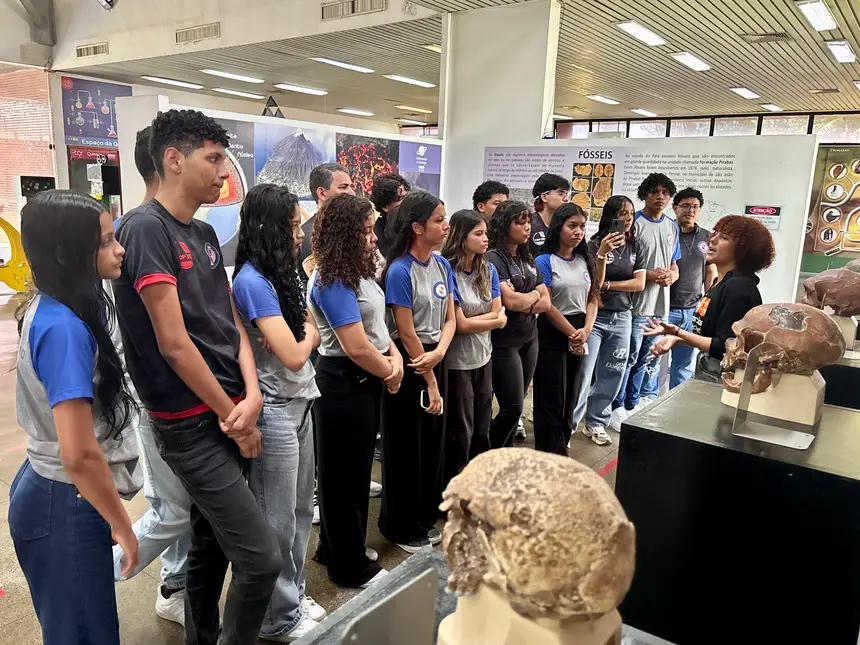
Administrative agent Ulla Vasconcelos has been working in the scheduling sector for school visits at the CCPPA since 2008. With enthusiasm, she addresses the satisfaction of being part of the institution's team: "For me, it is very gratifying to work at the Planetarium, which I consider my second home, and where I was very well received. I am proud to work in public service for these 17 years as a member of this team. I am grateful for the opportunity to be part of the Planetarium family."
Enchantment
Over these 26 years, the CCPPA promotes scientific curiosity, awakens vocations, and enchants the public, as is the case of student Fernanda Souza, who is in the 2nd year of high school at E.E.E.F.M. Profa. Maria Araújo de Figueiredo, located in Ananindeua. She shared her excitement about participating in the school visit to the Center last Friday, the 26th.
"This was my first time here, visiting the Planetarium. It was an incredible experience. The dome session covered topics I had never researched before, but in a very didactic way. What caught my attention the most was learning about the history of the creation of life and the world. I was impacted by seeing the constellations up close; the feeling is like really being in space," she comments.
The diversity of life forms existing on the planet was one of the themes that most sparked Fernanda's interest. The theme was addressed in the session "The Eukarya represented by the constellations," developed by Uepa professors Antonio Sérgio Silva de Carvalho and Reginaldo de Oliveira Corrêa Junior.
The presentation explores the animals present in terrestrial biomes and relates them to figures of constellations visible in the night sky from an Amazonian perspective. In addition to highlighting the main stars and shapes associated with animals, the session also addresses mythologies and cultural connections of different peoples with the sky.
The physics technician at the CCPPA, Gabriel Condurú, points out that attending a dome session is an opportunity for the Pará public to see, in a simulated and realistic way, a truly dark sky. "Nowadays, in large cities, the effect of light pollution has robbed us of the opportunity to observe a sky studded with stars; therefore, through the Planetarium of Pará, we have the chance to contemplate the sky in its fullness," he stated.
Gabriel is one of the planetarists who work at the CCPPA operating the Zeiss Skymaster, model ZKP-3, which projects about seven thousand stars, constellations, the Moon, and planets onto the Kwarahy dome. He comments on how the public usually reacts to the sessions: "In general, when the lights of the dome go out, the wonder of being able to observe a natural wonder that modern lifestyle prevents us from appreciating shines in the eyes of children. This is reflected in their reactions of surprise and enthusiasm as the stars appear in the dome projection."


